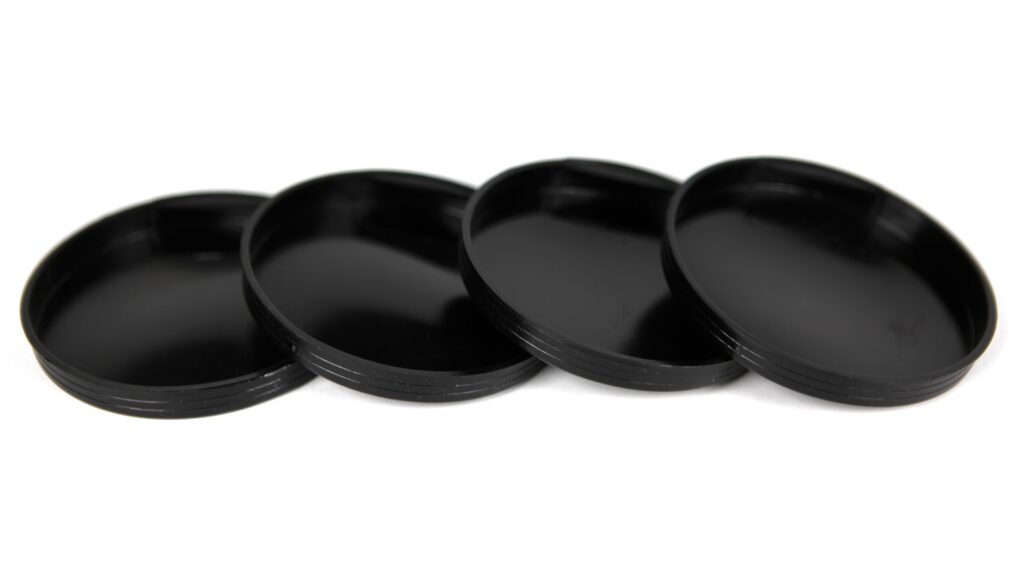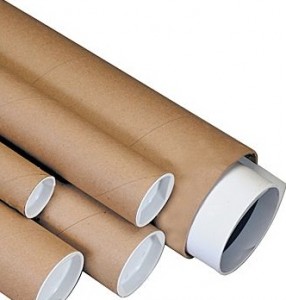
Getting a product to market, or planning how best to ship it, is quite a feat. There’s a million details that need to be considered.
A brown cardboard box is simple and economical. Think about all of your amazon.com orders. How do they arrive? In a brown cardboard box with an Amazon logo. It gets the job done. But does it leave a lasting impression? No.
When you order a rare print or poster, and it arrives in a poster tube (not a box), but default, it’s exciting. But why?
It’s different. It’s not a box. It’s round.
Round packaging is less common, so it feels exciting.
A “paper tube” becomes a “poster tube” when two things happen: first, when you insert a poster. And second, when you insert end closures.
Friction-fit plastic end plugs are used with poster tubes for a variety of reasons. Plastic end plugs are light and help keep shipping costs low.
The ribbed, friction fit helps the packer and end user easily remove and replace them. And lastly, they’re available in different colors.
For more information on our end closures, visit our product page.

